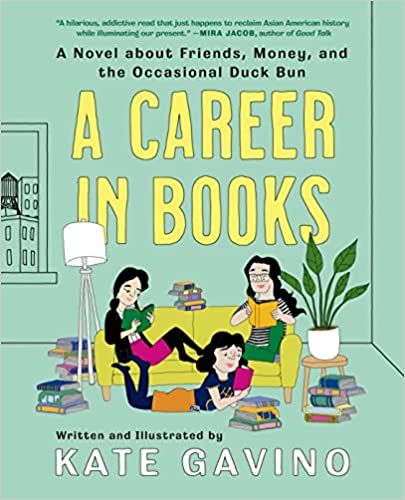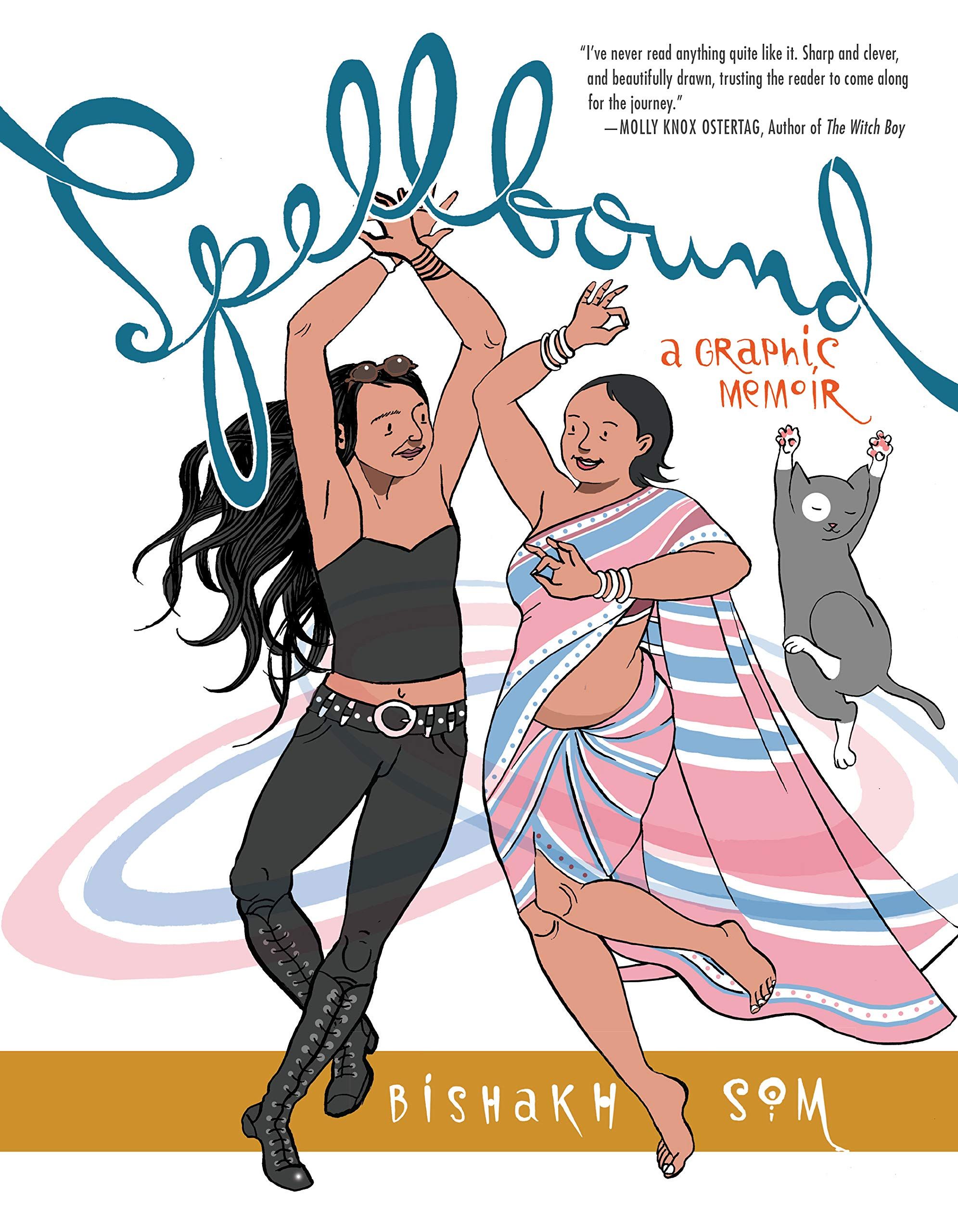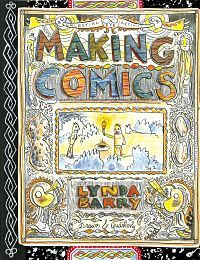All of this to say, I find it difficult to turn off the writer part of my brain, especially while reading. Comics remain a constant in my rotation of literature, and I can’t help but find writerly inspiration in the graphic novels and nonfiction I devour. Here, I share three gleaming lessons from a few recent reads that whispered to the creative in me. Later, Silvia, whose fiction Nina calls “a mix of Lorrie Moore and Ann M. Martin,” sneaks into a library basement and swears to the dusty pages of a 19th century book that she will finish her manuscript. At her day job, she spends afternoons writing with a “smoke-screen spreadsheet” on standby. When a toxic employee joins the team, Silvia brings her laptop to a noisy, wifi-less laundromat at night. Once “weeks” pass without progress, Silvia, with Veronica’s urging, seeks a position elsewhere. To finish her book, she accepts a pay cut and ponders picking up side gigs and moving into the apartment’s “smallest, windowless” (and therefore less expensive) bedroom. Silvia’s determination not only prods me to preserve the better parts of myself for creative projects but to check in along the way and to beware of energy drains in all their forms. With money saved and “120 pages done,” Anjali quits her full-time position at an architecture firm in 2012 to finish a graphic story collection. From “Day One,” Anjali celebrates little and big successes. After penciling a page, Anjali cooks a fancy macaroni dish with capers, eggplant, and other veggies. Wine in hand, she tells her cat, Ampersand, the book will win a Pulitzer Prize. With “inks” completed, Anjali purchases a train ticket to visit a friend in the Adirondacks for hiking and fireside talks. Even after a lackluster day with a “late” start and money worries, Anjali treats herself to pizza topped with artichokes and olives. What a tenderness to say, Here, you deserve this, and it’s a kindness I’ll carry with me. How Anjali does what she needs to in order to prioritize creativity — dips deeper into savings, eats leftovers or “leavings,” and freelances — reminds me to believe in myself and to buy myself a nicer bottle of red every now and then. A little awestruck, I return to Barry’s pages. I nod along as the author of Cruddy muses on “gazing”: “Part of our work is to take time, to wait like any bird-watcher, to hold still and be taken in.” And I doubly know I’m in the right place. Absorbing and exciting, this compilation of lessons includes “Daily Diary” assignments and variations, “Draw Yourself as Batman,” and “Let’s Make a Comics Kit.” The “follow-up to Barry’s bestselling Syllabus” unfolds like a syllabus, and a refrain of Barry’s — “Keep your pen moving” — rings out across the pages. Wanting to “make something beautiful,” as Gay states in his latest essay collection, I get the suggested composition book and index cards after my flu shot. Hoping to strengthen my gaze, I order the recommended pens online then add buy color pencils and crayons to my to-do list. Spending time with these three titles and their wisdom fill the writer and reader in me with delight. If you enjoyed this, consider perusing more comics posts and 5 Inspiring Writers On Writing, 8 Novels That Explore The Pros And The Cons Of The Writerly Life, and 100 Must-Read Books On Writing and the Writer’s Life.


